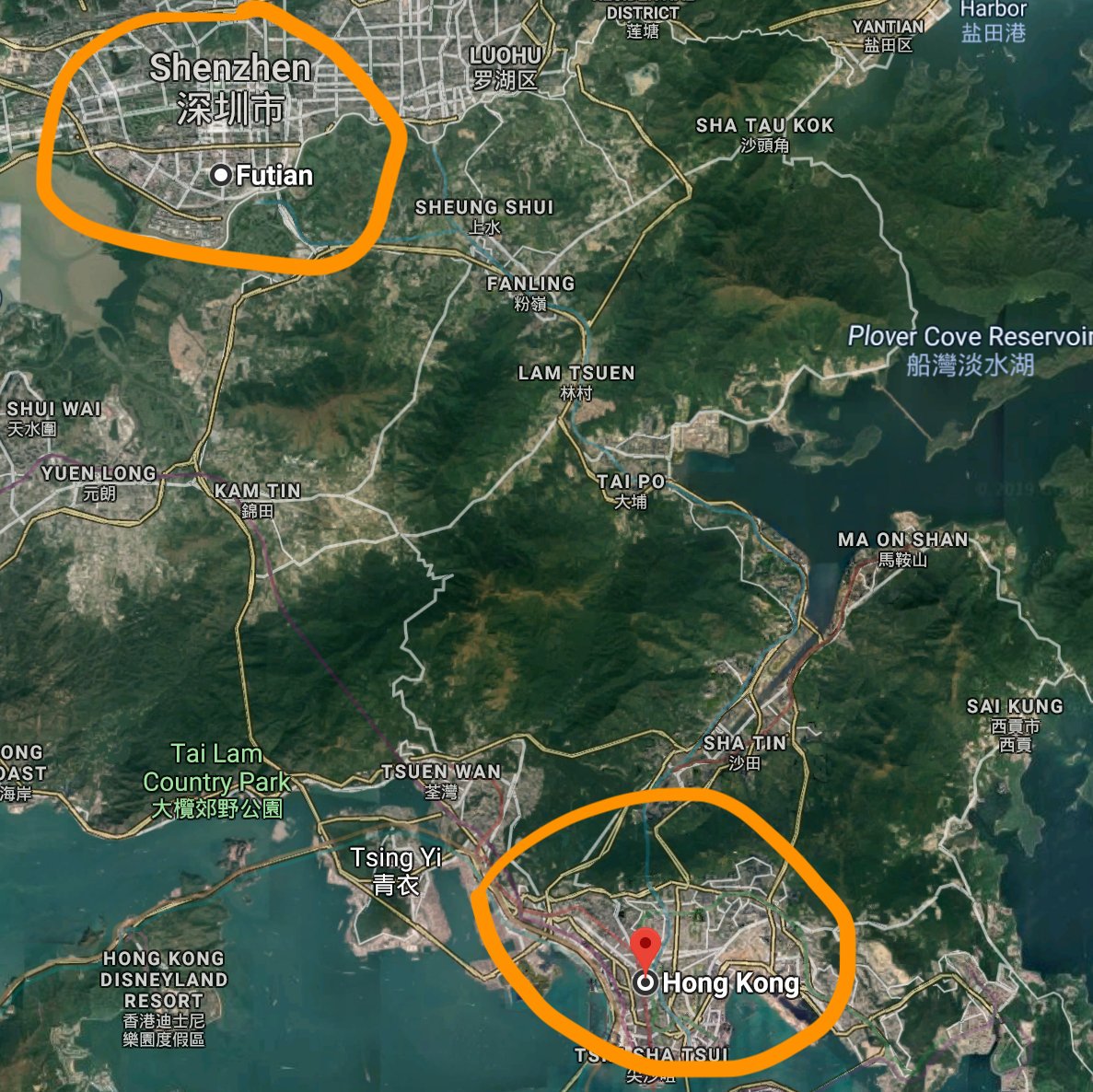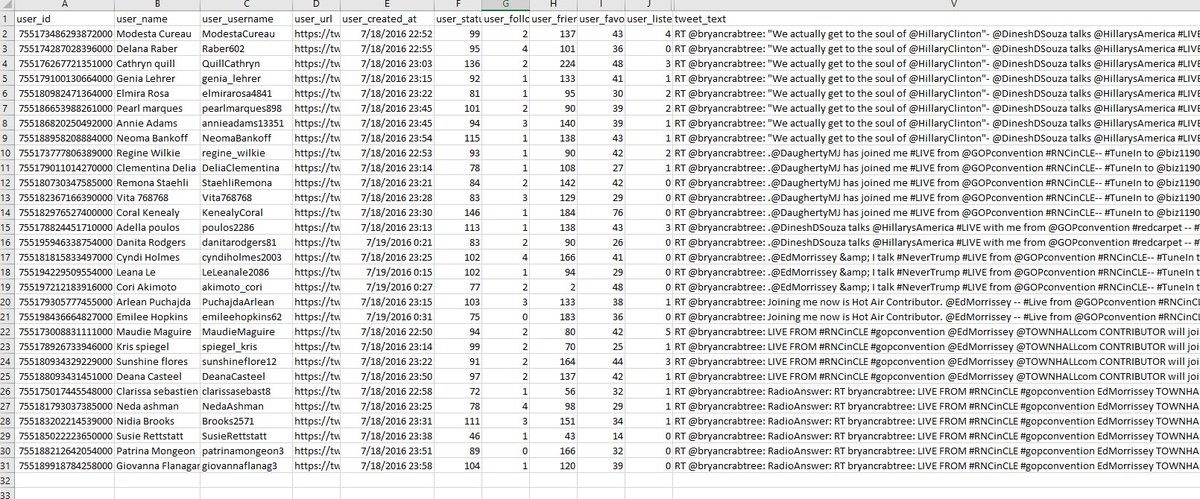For more on the network we're calling "Spamouflage Dragon", read here.
graphika.com/posts/spamoufl…
Like this YouTube account, mixing TikTok videos and politics.

This YouTube channel, for example, had almost 800,000 views in total, but almost all of them came from episodes of "The Good Life", over two years ago.

This screenshot captures the change.

YouTube took the original channel down in April. The spamouflage network amplified a repeat version.

Some of the amplifer channels kept running the same videos at the same time. Subtle.

But the number of channels didn't match the number of views. This one got under 200 views for one of its political videos. Many got not views at all.
Note, again, the shift in content.
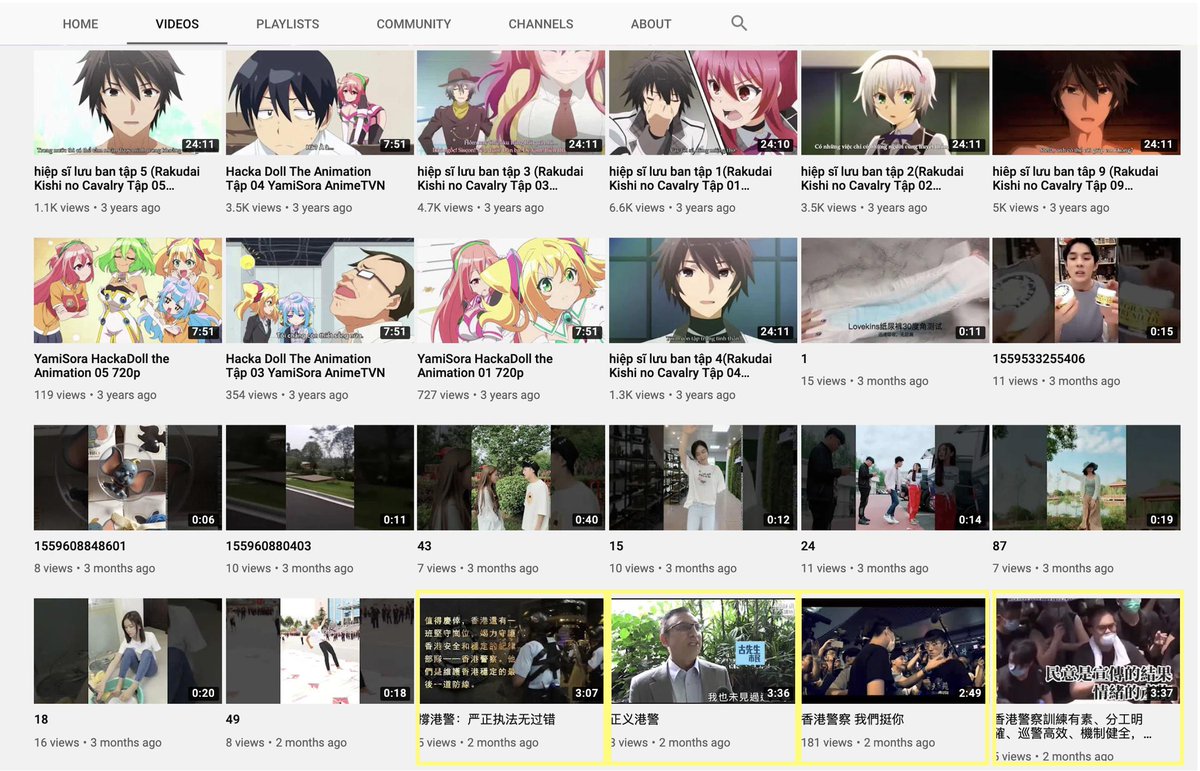
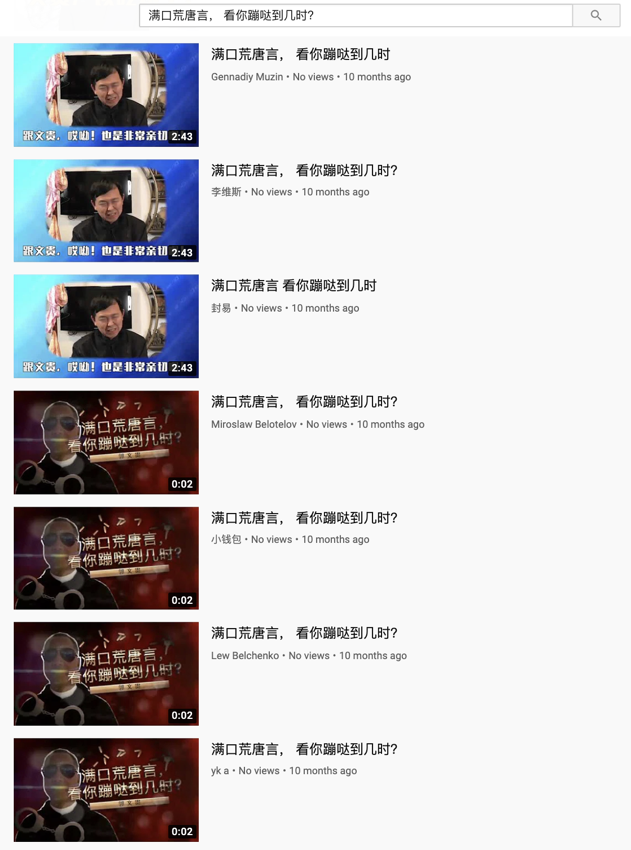
Their posting patterns weren't all the same, so it's not clear if all were connected. But there's a definite theme here.
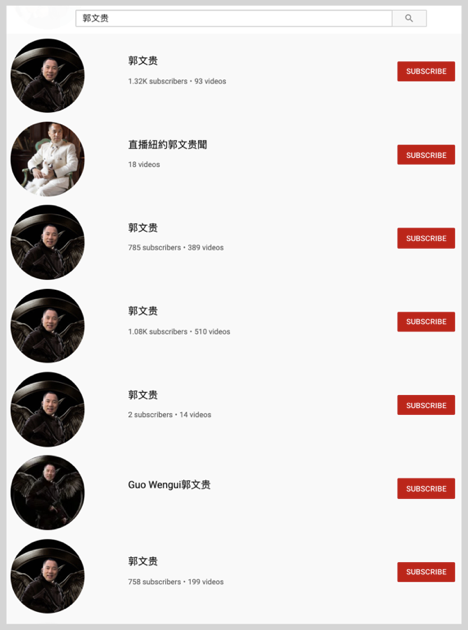
It's important to remember this. These days, assume that cross-platform amplification is the default, even for incompetent networks.
Some appeared to have their own retweet botnets to back them up, complete with recycled profile pictures.
Beyond the bots, they didn't seem to get traction.
Note the stolen profile pic, too.
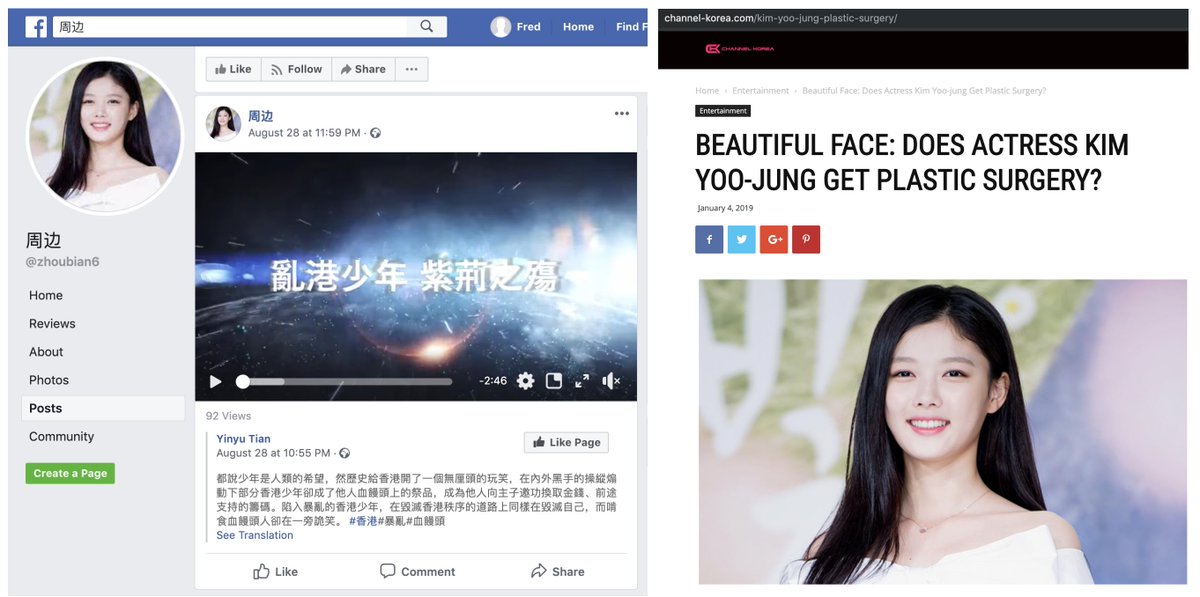
Most likely hijacked or bought, to avoid Facebook's detection systems.
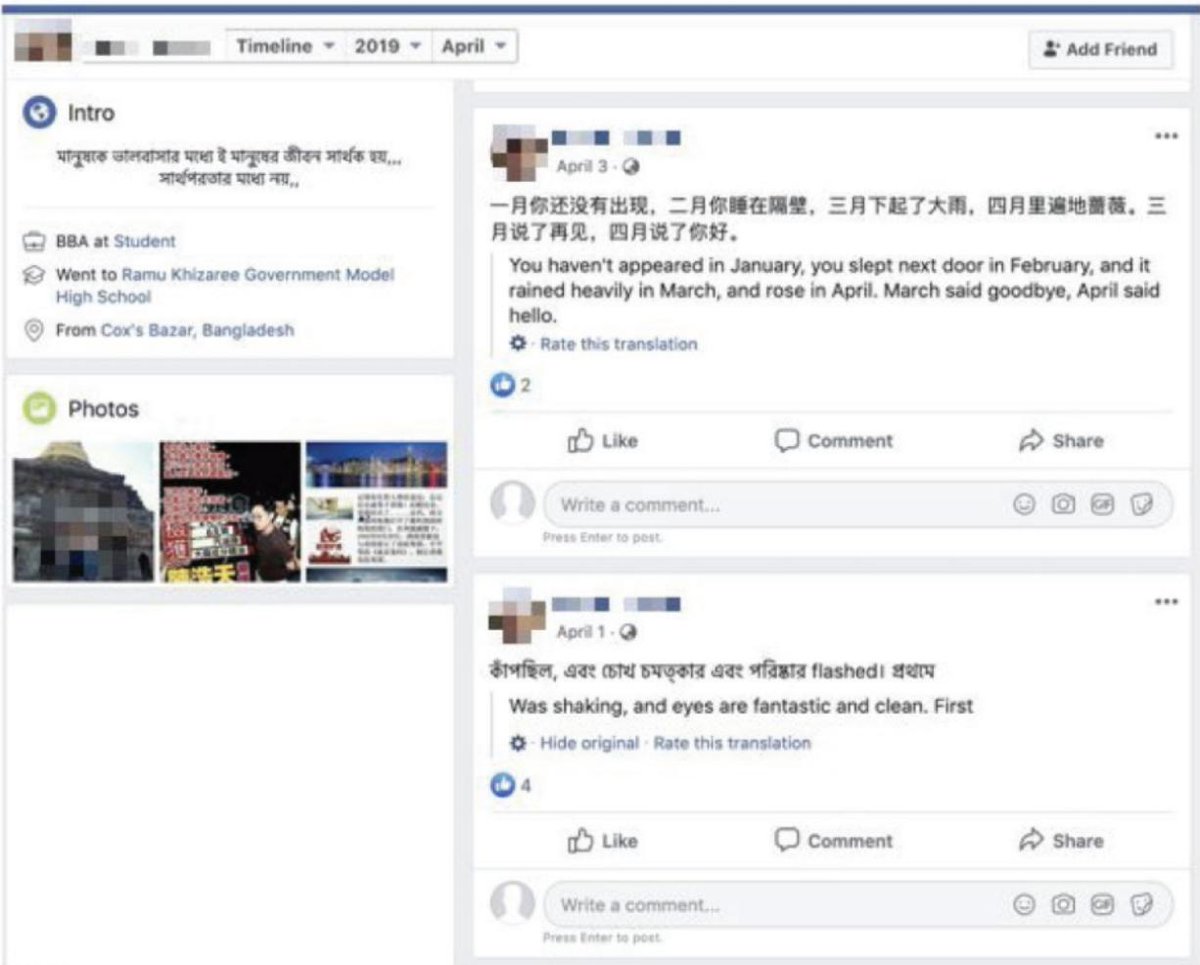
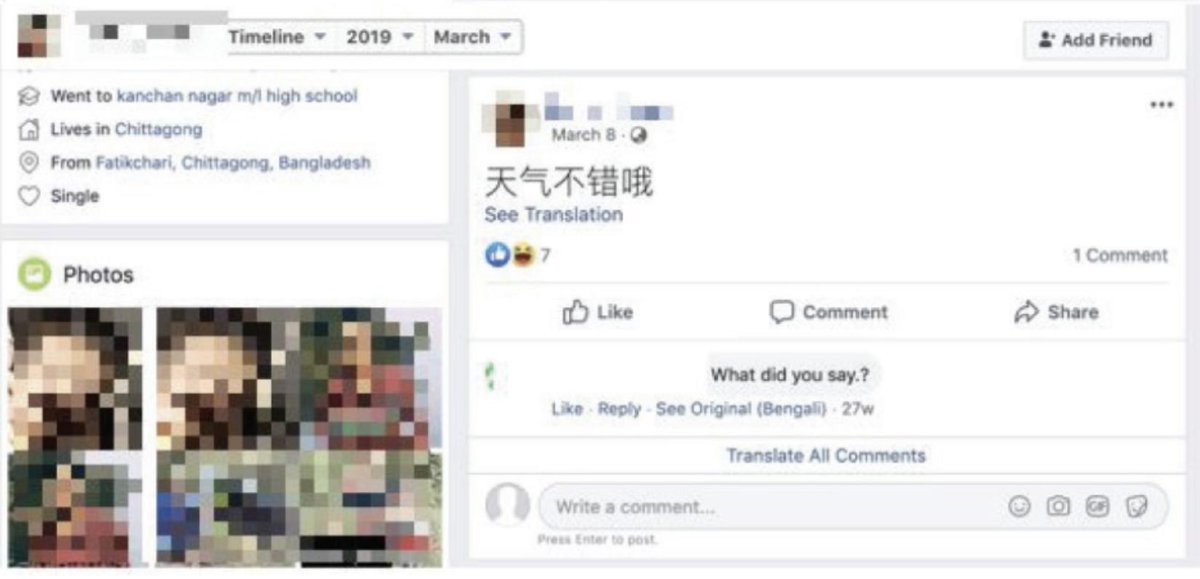
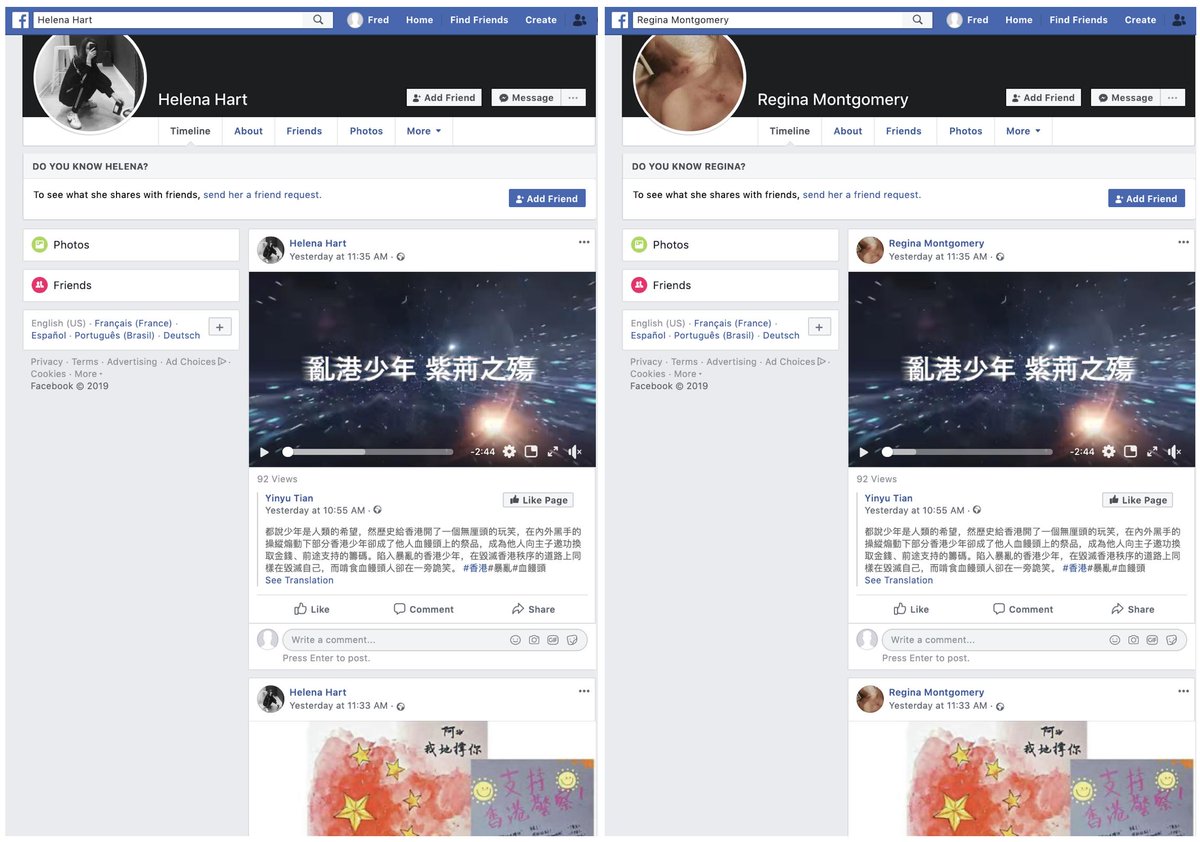
Many Pages were merged with other assets of the same name, the day they were created.
Audience boosting? Clearing out a prior history? Hard to judge.
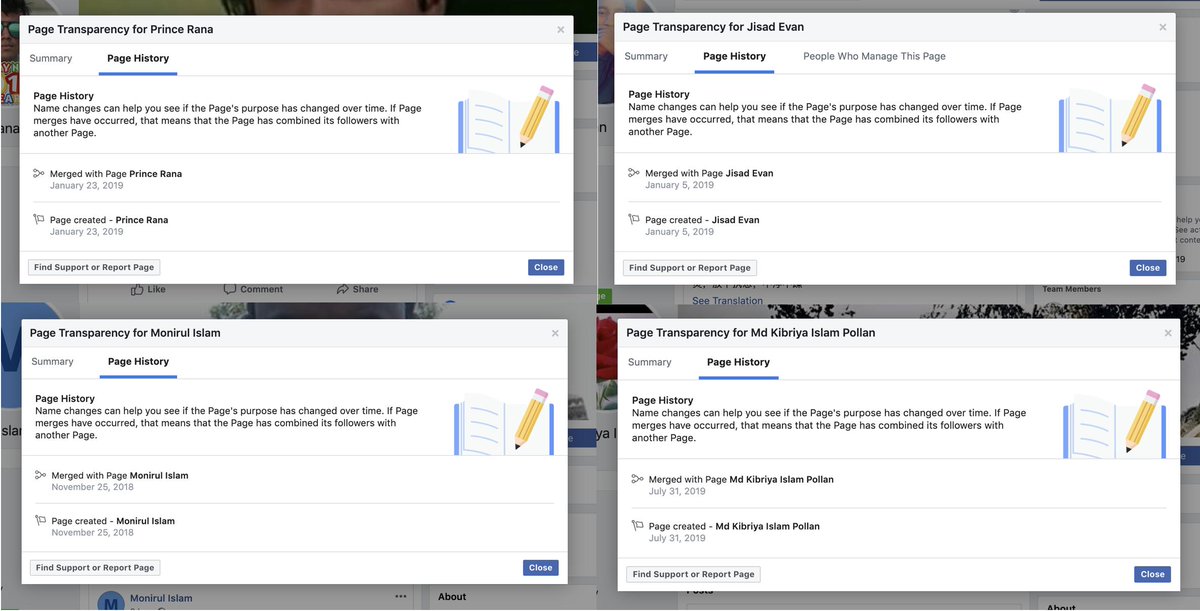
Almost all the likes, shares and comments to each asset came from other assets in the same network. It was basically one big echo chamber, and they didn't break out of it.
First, it's a lot harder to run a successful information operation, reaching significant numbers of unaffiliated users, than some operators seem to think.
Bots can boost your numbers, but that's not the same as reaching people.
That means that analysis needs to go broad, as well as deep.
Whoever was behind Spamouflage Dragon, the network gives us more understanding of manipulation attempts in the Chinese-language space on Western platforms.



